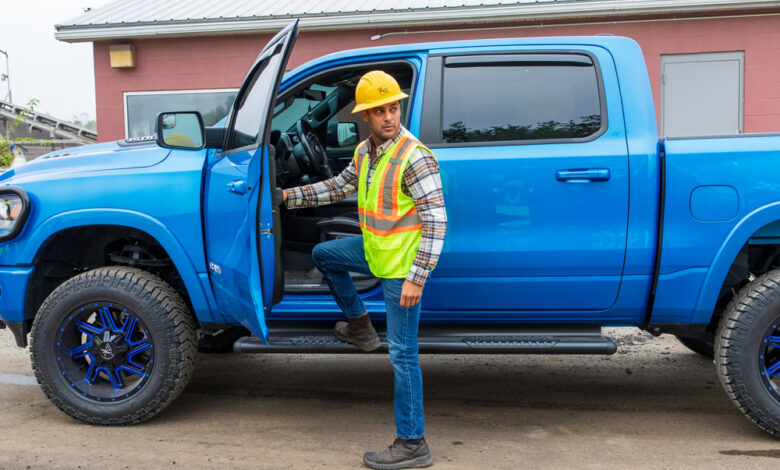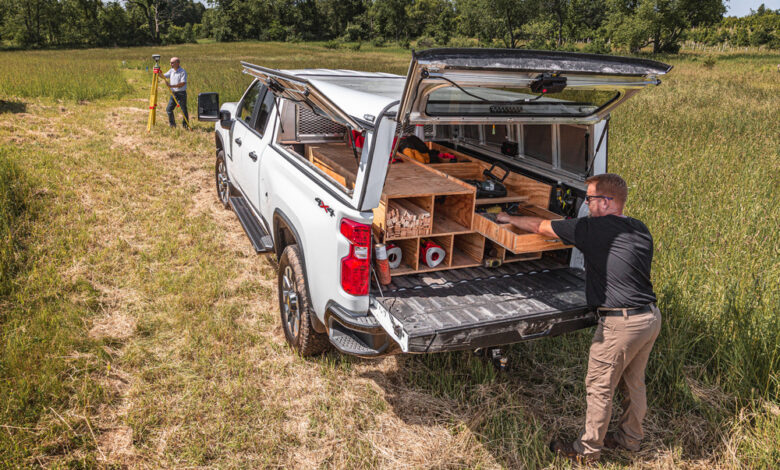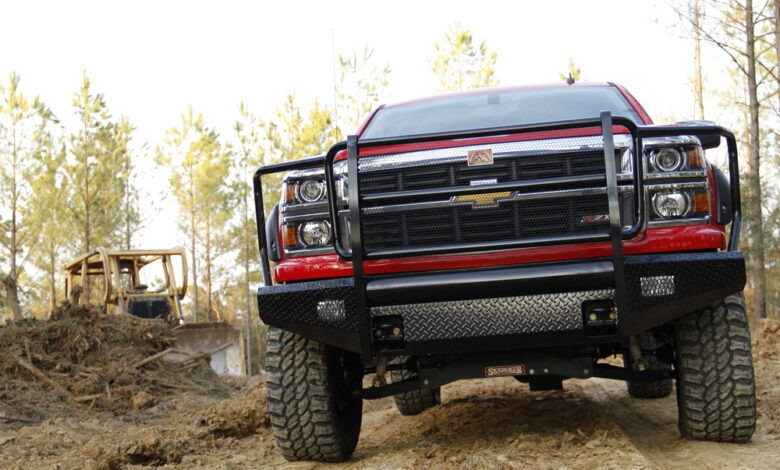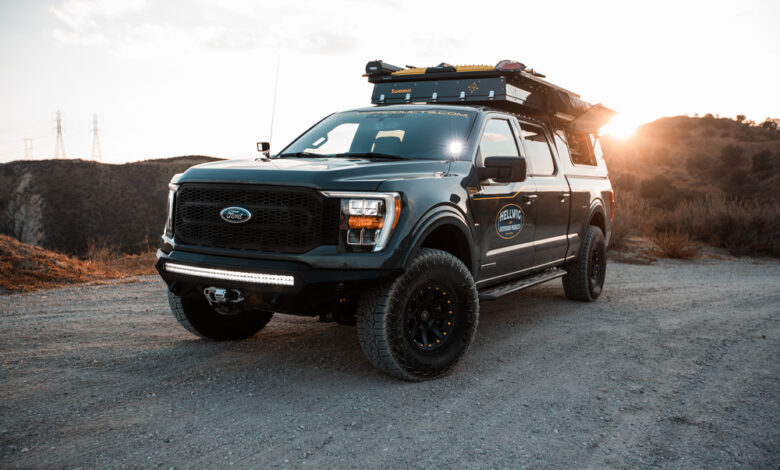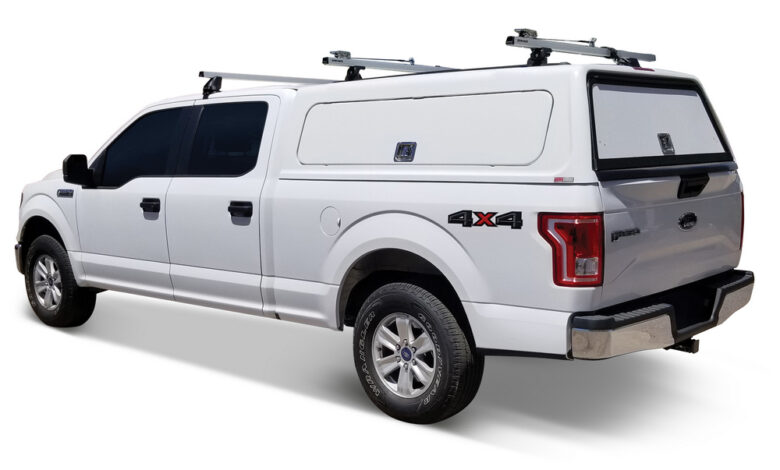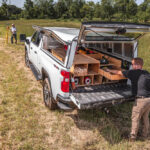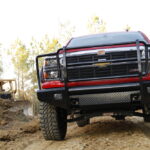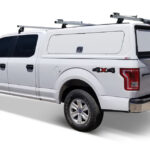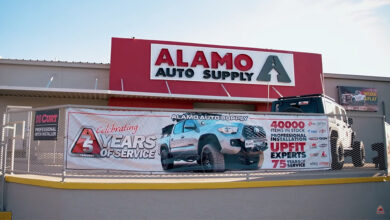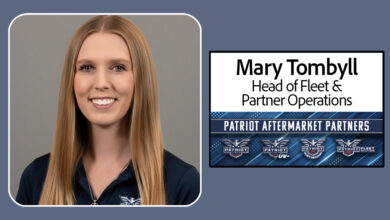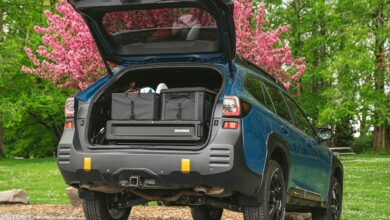Make It Work: Serving Commercial Customers
Tips to increase accessory sales to fleets.
This article originally appeared in the February 2023 issue of THE SHOP.
While much is made of how the specialty automotive aftermarket brings joy and personalization to consumer vehicle owners, there’s another part of the industry that just wants to work smarter, not harder.
Commercial customers appreciate accessories and packages that improve utility, safety and efficiency, and will form long-term relationships with shops that deliver on their promises.
Whether it’s an independent contractor seeking an innovative cargo carrying solution or a local municipality looking to add ADAS features throughout its fleet, the work truck segment offers plenty of opportunities to blend creativity and profits.
Product suppliers outline current trends, hot new products and ways to connect with commercial clients.
MARKET DEMAND
If you’re new to serving commercial vehicle customers, know that your products and services are highly desirable.
“The work truck market has been a great success story for many equipment suppliers,” says Jillian Kish, marketing manager for A.R.E. “The continued strength of the segment over the last decade, and especially in the last few years with all of the world’s issues and challenges, has been quite remarkable.”
And demand only seems to be growing.
“Unlike past years, fleet buying cycles have become more frequent,” notes Matt Blais, vice president of sales for LTA Manufacturing LLC. “Due to pent-up demand for pickup trucks, fleets are trending toward increases in their buying cycles to replace aging vehicles. Adding to or expanding into the growing work truck market can bring incremental sales and profits that you may not be enjoying now.”
Disruptions dating back to the onset of the pandemic are still being felt, however, adds Autumn Hauck, director of sales for Fab Fours Inc.
“COVID has tremendously impacted the fleet market,” she says. “The availability of trucks has limited the rotation of new vehicles. This has pushed companies to keep vehicles longer, resulting in less aftermarket upfitting.”
As the market evolves, vehicles are becoming more capable, meaning the aftermarket must keep pace.
“With the changes in platforms and advances in truck and van bodies and cargo solutions, vehicles have the ability to carry more items,” notes Mike Hallmark, marketing manager, international sales manager for Hellwig Products. “More items typically mean more weight; more weight means more stress on the suspension components, with a reduction in ride height and quality. With our steel helper springs, we have stayed up with the changes in platforms to ensure we support the most common work/fleet vehicles on the road today.”
A HELPING HAND
Before they can serve their own clients, work truck drivers need a rig that suits their specific needs. Help your customers increase and streamline productivity with a comprehensive approach to commercial vehicle outfitting.
“Recently, there has been more of a focus on safety and limiting vehicle downtime,” says Jeff Perez, director of business development for Lippert/LUVERNE. “In addition, fleets are having to increase the longevity of their vehicles due to the numerous supply constraints. Therefore, the addition of protective aftermarket accessories has become more prevalent.”
If you’re unsure what your customers really need, just ask.
“We always suggest that businesses and companies listen closely to their end users to learn how they use their trucks, truck caps, options and truck bed accessories in the real world,” says Kish. “Our sales team will spend time with those end users for you as well, if needed.”
Many of today’s fleet-related accessories have grown beyond the traditional work truck market, further increasing sales potential.
“We have found that products that enhance the quality of life in the workplace often trickle into one’s personal life as well,” reveals Hallmark. “Our steel helper springs work on virtually any leaf-sprung vehicle that has a reduced ride height due to weight or worn-out springs. We appreciate the opportunity to enhance the drive quality of work and personal vehicles.”
And manufacturers are poised to step even further outside the box.
“It gives us the opportunity to develop a more unconventional accessory outside of bumpers,” Hauck says. “With the diversity of work truck platforms, we have full range on any accessory that can be fabricated from steel.”
SUPERSIZED SALES
To begin increasing sales in the work truck market, Perez from Lippert/LUVERNE suggests filling the funnel with as many strong leads as possible.
“Advertise to the fleet market,” he suggests. “Promote safety and vehicle longevity through these types of aftermarket products.”
Search for potential clients that can quickly become repeat customers, adds Blais.
“Increase your focus on the commercial/fleet industry in your area,” he advises. “Create an outside sales plan to cultivate and earn business from the many fleet companies in your market. A good place to start is by building relationships with all the truck dealer fleet managers.”
And if your shop has a retail area, he suggests creating a setup to catch the eyes of walk-in commercial clients.
“For truck caps, for instance, be sure you have a working display in your showroom or on a company vehicle at your location.”
Hellwig’s Hallmark recommends really getting to know your clients to understand their individual needs.
“To increase business in any market you need to figure out who your customer is (owner or worker) and then address the problems they are facing,” he says. “Workers are typically looking for things that make their jobs easier, faster and more enjoyable. Owners are looking to increase efficiency and productivity and reduce hazards, which all add up to more profits. Addressing each individually and offering items or solutions that address these things will help increase business and customer traffic.”
And if it’s something never seen before, look for ways to be creative.
“Just because it doesn’t exist, doesn’t mean it can’t,” says Hauck from Fab Fours. “Work with your U.S. manufacturers to help accommodate those unique requests. We’re always open to new opportunities and working with jobbers to create a product that is needed.”
Finally, making connections with others operating in the market can bring extra knowledge and help build awareness of your products and services, explains A.R.E.’s Kish.
“Partnering with many companies and strong customers in the work truck space truly allows you to keep your finger on the pulse of the more real-world economic indicators.”
